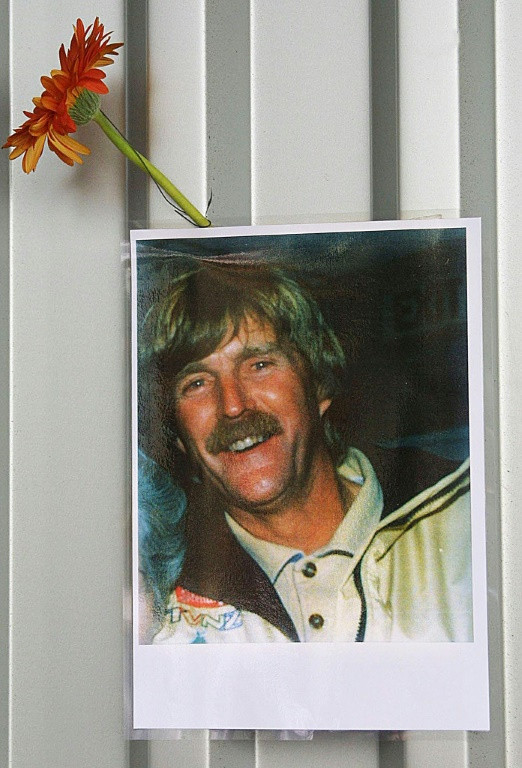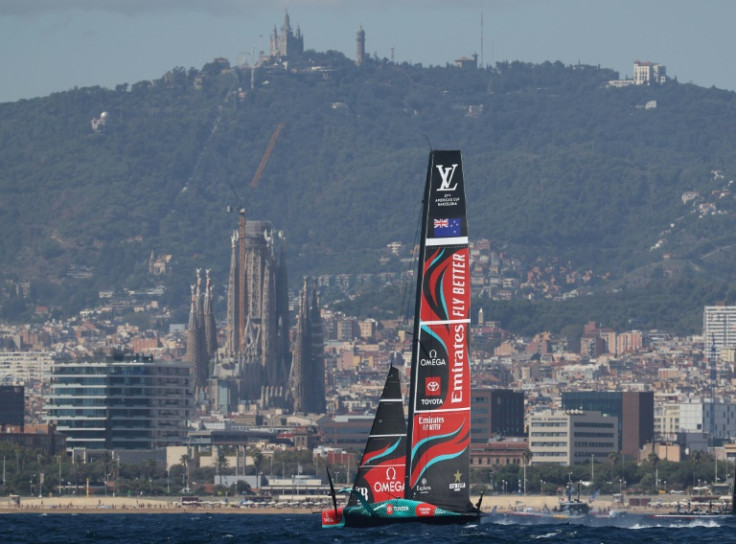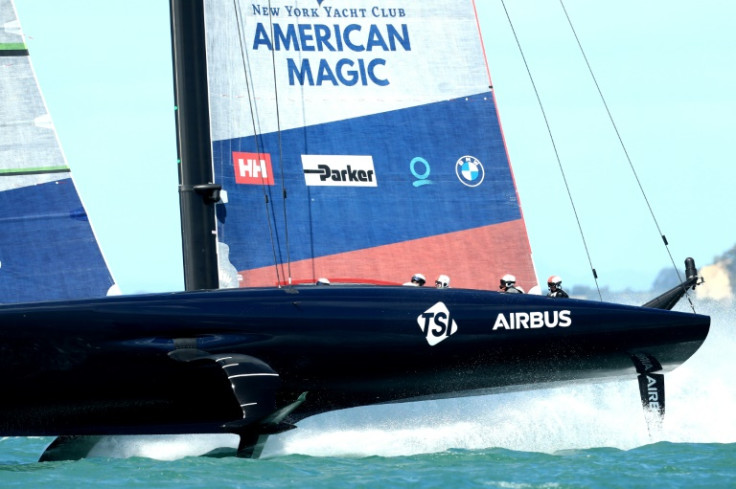
With the America's Cup due to get underway on Saturday in Barcelona, with holder Emirates Team New Zealand up against British challengers Ineos Britannia, AFP looks back at five key dates in the history of the oldest international competition still operating in any sport.
The Royal Yacht Squadron first hosted the challenge putting up 15 yachts to take on New York Yacht Club's America in a fleet race around the Isle of Wight off the south coast of England.
Queen Victoria and the future Edward VII turned up on August 22, 1851 to watch America, captained by Richard Brown, overcome a broken jib boom to come home 18 minutes before the second boat.
The RYS GBP100 Cup was renamed the America's Cup in honour of the winner although fans often refer to it as The Auld Mug.
The owners of America, who soon sold the boat, held on to the trophy until 1857 when it was donated to the New York Yacht Club with a 'deed of gift', a strict set of rules to govern future races.
The NYYC issued an invitation for challenges later that year but it was not until 1870 that James Ashbury, representing the Royal Thames Yacht Club, took it up.
Eighteen yachts took part in a fleet race with Franklin Osgood's Magic comfortably seeing off Ashbury's Cambria. The Cup would stay in New York until 1983.
Until 1970, there had been a single challenger but that changed when Australia, Britain, Greece and France all issued separate challenges.
After the French got lost in the fog, it was Frank Packer's Australian boat Gretel II that emerged as the challenger to Intrepid, skippered by Bill Ficker. The idea of a challenger series - manifested today in the Louis Vuitton Cup - became the norm.
The America's Cup itself was a prickly contest, marred by protests and some would say sharp practice, which ended with a 3-1 win for the Americans and Packer insisting: "Protesting to the New York Yacht Club is like complaining to your mother-in-law about your wife."
The Australians continued to be the main threat to the Americans with boats backed by businessman Alan Bond losing in 1974, 1977 and 1980, each time learning a little bit more about how to win.
In 1983, flying the pennant of the Royal Perth Yacht Club, he financed Australia II with its revolutionary and secretive winged keel in an another acrimonious series against Dennis Conner's Liberty.
With some outstanding tactical racing, Conner had opened up a 3-1 lead and needed just one more to retain the cup. But Australia II, skippered by John Bertrand, hit back to win the next two races and set up 'The Race of the Century'.
On September 24, 1983 Bertrand steered Australia II across the finish line 41 seconds ahead of Liberty, becoming the first successful challenger in 132 years.
The first time New Zealand 'won' the America's Cup was in 1988 when the Mercury Bay Boating Club, based out of the back of a car, challenged San Diego Yacht Club.
The challege had been made under the 'deed of gifts' rule dating back to 1852 and the courts ordered San Diego, who initially rejected it, to accept.
On the water Stars & Stripes H3, with Dennis Conner once again at the helm, won easily with their catamaran outclassing Mercury's KZ-1 monohull.
The courts ruled, however, that it was a gross mismatch and not in the spirit of friendly competition, awarding the cup to New Zealand. On appeal, however, that decision was overturned and the cup stayed in San Diego.
New Zealand had their revenge in 1995 when Peter Blake's Black Magic trounced Conner's Young America 5-0 to take the cup back down under.










